Yesterday I had the pleasure of attending an ikebana workshop at Kyoto Fleurs, a charming local florist here in Montreal. I know that when I started this journey I said I would focus on self-driven learning and more casual forms because I didn’t have the resources to commit to proper lessons, but the great thing about these workshops is that they’re held once a month and you don’t need to attend regularly, you can just come to one whenever you’re free and have some money to spare. This setup is much more accessible to me than a more rigid once-a-week type schedule.
The workshop was taught by Satoko Ueno, who has twenty years of experience and teaches the Shogetsu school style. I’ve typically been learning free-form and Ikenobo-style through books and videos, and it was great to get help with a more strict and traditional form from another school. The workshop was broken up into two parts, the first part was a very rigid traditional arrangement using tulips, and the second part was a free-form arrangement of willow branches, pittosporum, and vibrant anemones.
- Our materials all laid out in advance
- Explaining the height proportions
- Thorough explanations
- Visual aids
- Choosing the best tulip
- Satoko at work
- Folding leaves for accent
- Studying the balance and arrangement
First Satoko-san demonstrated each form, very clearly and kindly explaining as she went. We all watched intently as she showed us each step and broke down the stricter rules of the traditional ikebana as she assembled the arrangement. She also provided us with printouts breaking down heights, proportions, and shapes to keep in mind. Of course, I forgot mine there as I was leaving. I’m not the most organised person on the planet sometimes…
- Time for part 2!
- Coaxing branches
- Working with foliage
- Setting up a framework
- Taking a step back to assess the composition
- Manipulating flowers for a pleasing shape
- Balance and shape
- The finished product
The free-form arrangement was very different; we were all given the same materials and general guidelines but allowed to do whatever felt and looked right. It was fascinating to see all the difference in shapes and compositions we all came up with, despite starting with the same things. It also confirmed to me that I’m much more fond of the liberty the free-form style affords, but I really do need to focus on more traditional shapes and rules for a while, I think.
Here are my two final arrangements. I’m quite happy with both of them!
- Traditional Ikebana
- Free-form Ikebana
As much as I’ve been enjoying doing this on my own, this workshop showed me that I still have so much to learn! Being able to see a teacher’s work in person as well as receiving immediate feedback and constructive criticism as I went was an invaluable experience. I’m very much looking forward to attending more of these if I can arrange time off work.
If you’re local and interested in attending one of these awesome workshops, you can follow Kyoto Fleurs on Facebook. They’re typically going to be held the first Tuesday of each month, but dates are subject to change so follow them to get updates and information in advance!

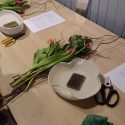
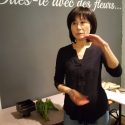
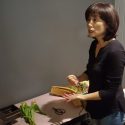

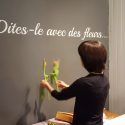
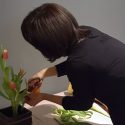
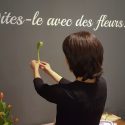
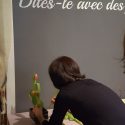
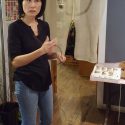
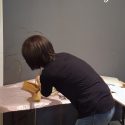
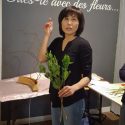
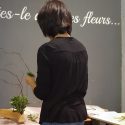

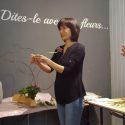

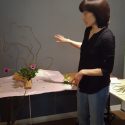
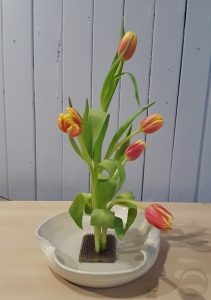
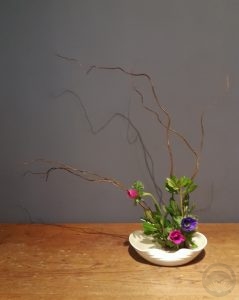
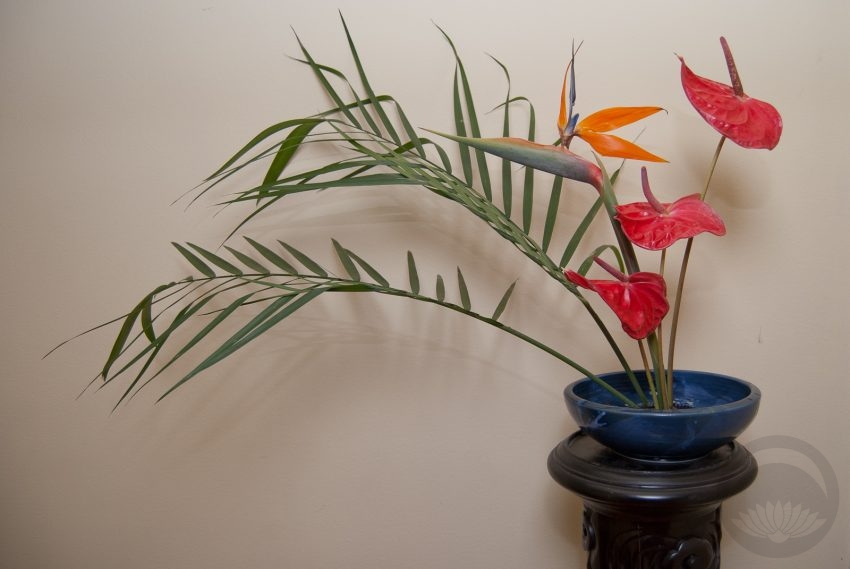
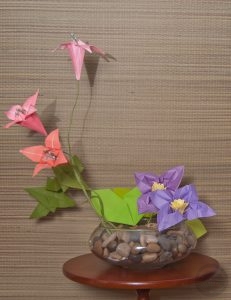
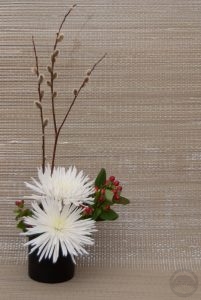
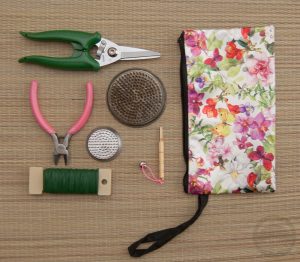
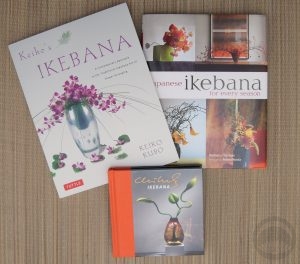
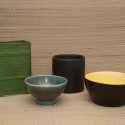
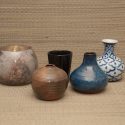
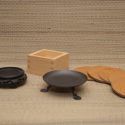











 Bebe Taian
Bebe Taian CHOKO Blog
CHOKO Blog Silk & Bones
Silk & Bones Gion Kobu
Gion Kobu